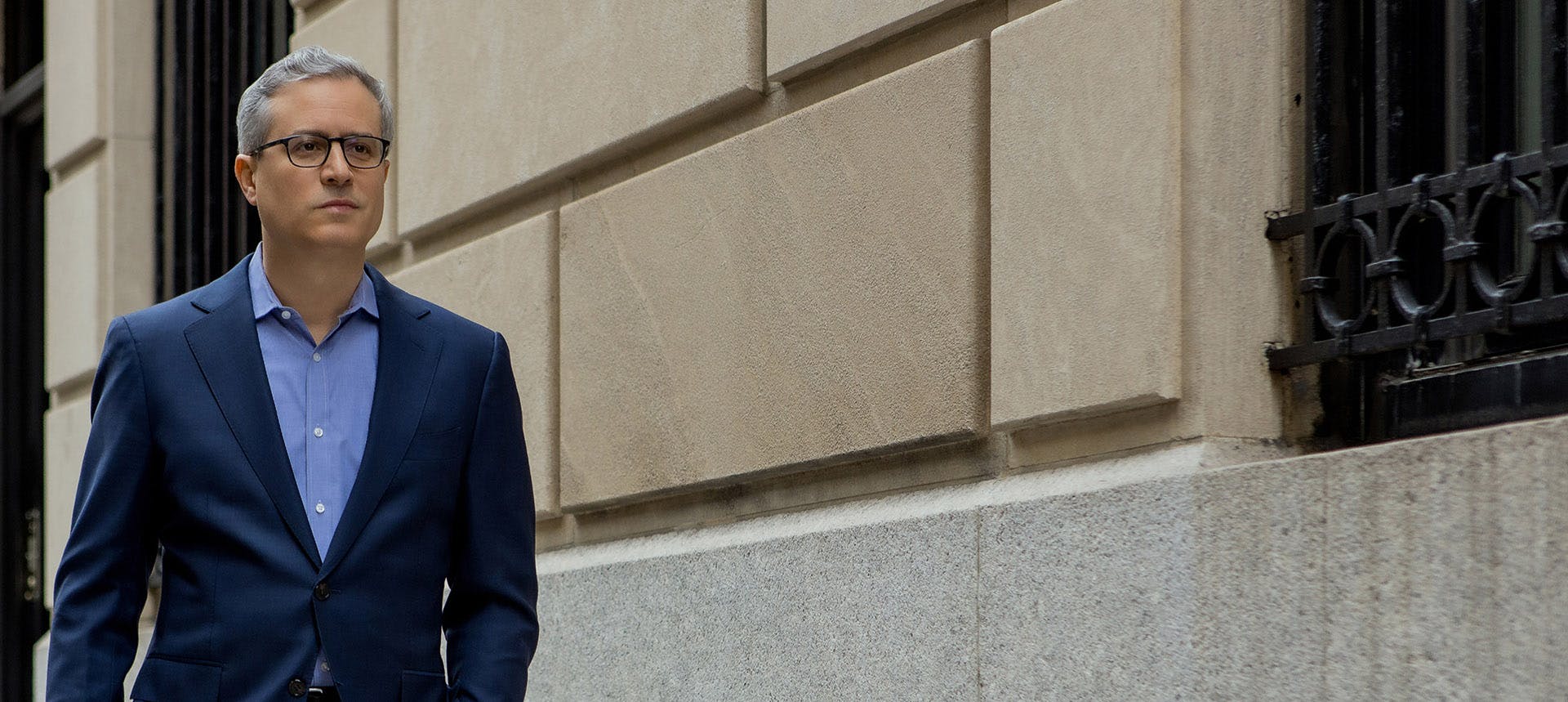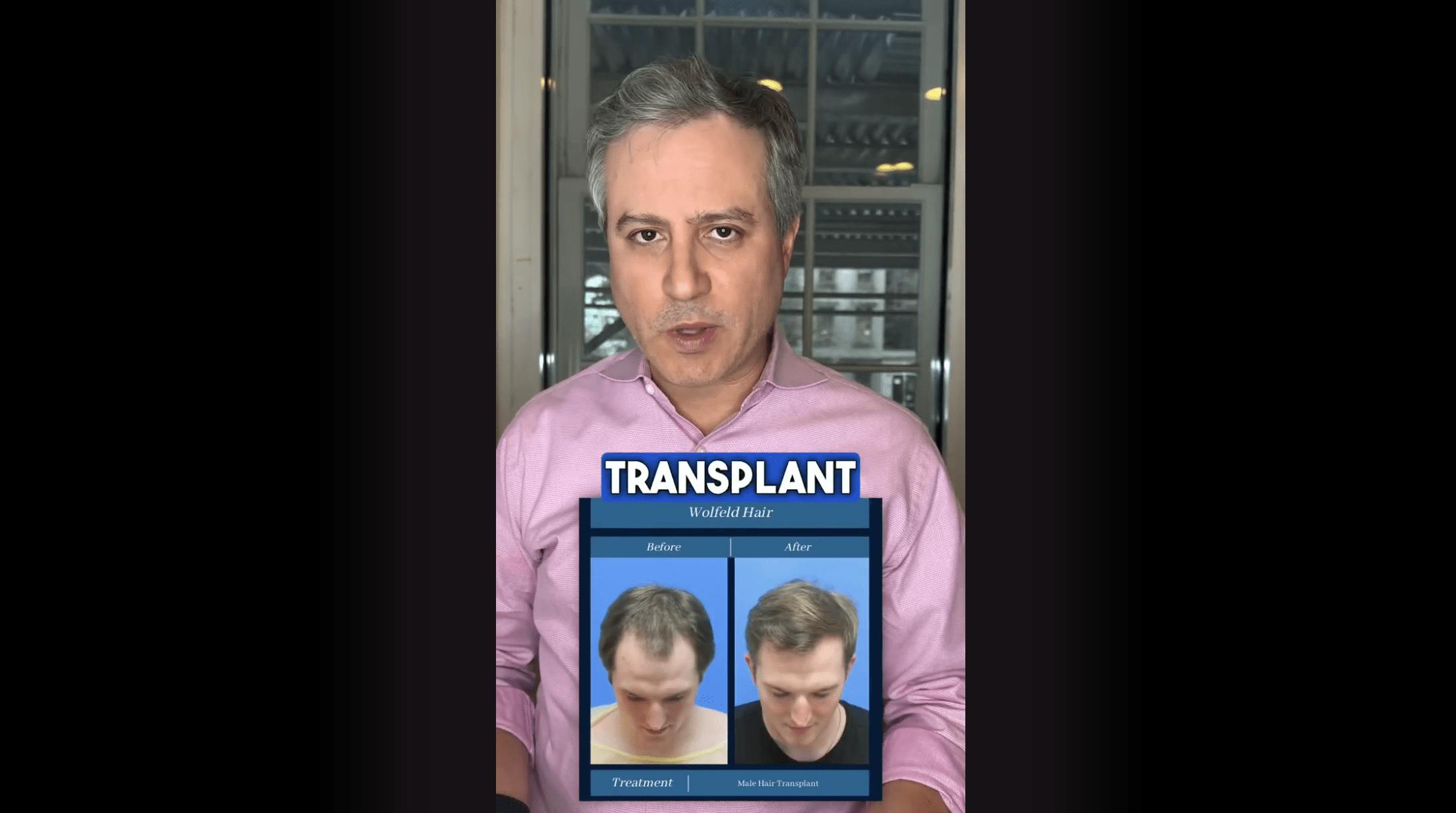Follicular Unit Transplantation (FUT) is a hair restoration procedure that is based on the same concept as Follicular Unit Extraction (FUE). Both are designed to take hair from healthy donor areas of the scalp and place it in areas where hair has thinned, making it possible for new hair to grow.
Am I a Candidate?
Other than the need to have good general health, the main consideration may have to do with your preference regarding your hairstyle. The procedure will leave a scar in the back of your head that may be visible if your hair is too short. We offer more advanced techniques, including the ARTAS Hair Studio, which may produce a more attractive outcome, and allow you to wear your hair however you want with confidence.
How Many Grafts Will I Need?
This is dependent on the size of the area that you want to cover and the density of coverage you want to achieve. The number could range from hundreds to thousands but remember – each “unit” is only one to four hairs.
How Long Will the Surgery Take?
The procedure will require a number of hours, perhaps as many as ten if a large number of grafts are required. Your surgeon will be able to give a more precise answer after evaluating the current condition of your hair and scalp.
When Will I See Results?
You will begin to notice new growth within six months, and within a year the true results of your surgery will be visible.





